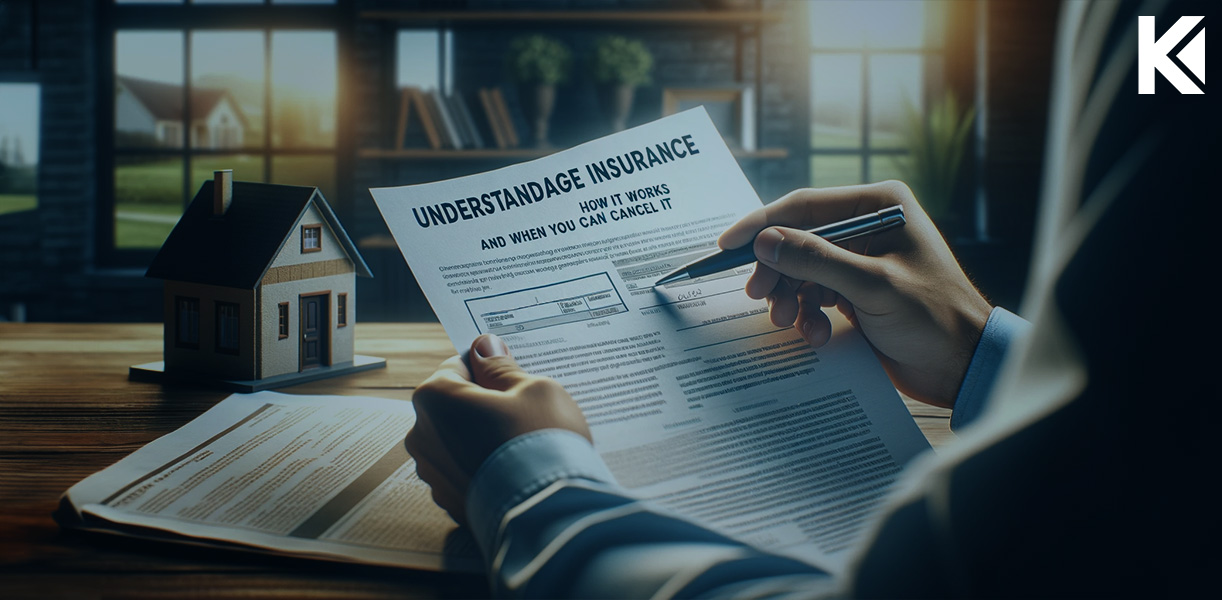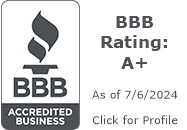Mortgage insurance is a critical aspect of home financing that can have a significant impact on your monthly payments and long-term financial planning. Understanding mortgage insurance, why it’s required, how it works, and when you can cancel it is essential for homeowners looking to manage their finances effectively. This guide will break down everything you need to know about mortgage insurance and provide insights into how and when you can eliminate this additional cost.
What Is Mortgage Insurance?
Mortgage insurance is a policy that protects lenders from the risk of default by the borrower. It’s typically required when a borrower makes a down payment of less than 20% of the home’s purchase price. By having mortgage insurance in place, lenders are more willing to offer loans to buyers who may not have a substantial down payment or have lower credit scores.
Types of Mortgage Insurance:
- Private Mortgage Insurance (PMI): Required for conventional loans when the down payment is less than 20%. PMI is provided by private insurance companies.
- FHA Mortgage Insurance Premium (MIP): Required for loans backed by the Federal Housing Administration (FHA). Both upfront and annual mortgage insurance premiums are charged.
- VA Funding Fee: Instead of mortgage insurance, VA loans require a funding fee, which helps offset the cost of loans to veterans.
- USDA Guarantee Fee: Similar to the VA funding fee, USDA loans have a guarantee fee that acts as mortgage insurance for loans backed by the U.S. Department of Agriculture.
Why Is Mortgage Insurance Required?
Mortgage insurance is primarily required to protect the lender in case the borrower defaults on the loan. Since borrowers with less than a 20% down payment are considered higher risk, mortgage insurance provides the lender with a safety net, allowing them to recover some or all of their losses if the loan goes into foreclosure.
Key Points:
- Lender Protection: Mortgage insurance is designed to protect the lender, not the borrower. If you default on your loan, the insurance compensates the lender for their losses.
- Borrower Qualification: Mortgage insurance allows borrowers who may not have a large down payment or perfect credit to qualify for a mortgage and become homeowners.
How Does Mortgage Insurance Work?
The way mortgage insurance works depends on the type of loan and the lender’s requirements. Generally, the cost of mortgage insurance is added to your monthly mortgage payment, but there are also upfront options available, depending on the loan type.
1.Private Mortgage Insurance (PMI)
- How It’s Paid: PMI can be paid as a monthly premium, a one-time upfront premium, or a combination of both. The monthly premium is added to your mortgage payment.
- Cost: The cost of PMI varies based on the size of your down payment, the loan amount, and your credit score. Typically, PMI costs range from 0.3% to 1.5% of the original loan amount per year.
2.FHA Mortgage Insurance Premium (MIP)
- How It’s Paid: FHA loans require both an upfront mortgage insurance premium (UFMIP) and an annual premium that is paid monthly. The UFMIP is usually 1.75% of the loan amount, and the annual premium varies depending on the loan term and loan-to-value ratio.
- Cost: The annual MIP can range from 0.45% to 1.05% of the loan amount, depending on the loan term and down payment.
3. VA Funding Fee and USDA Guarantee Fee
- How It’s Paid: The VA funding fee and USDA guarantee fee can be paid upfront or rolled into the loan amount. These fees are generally lower than PMI or MIP.
- Cost: The VA funding fee ranges from 1.4% to 3.6% of the loan amount, while the USDA guarantee fee is typically 1% of the loan amount upfront and an annual fee of 0.35%.
When Can You Cancel Mortgage Insurance?
Canceling mortgage insurance is a goal for many homeowners because it can reduce monthly mortgage payments. The ability to cancel mortgage insurance depends on the type of loan you have and your loan-to-value ratio.
1.Canceling Private Mortgage Insurance (PMI)
PMI can be canceled once you reach certain equity milestones:
- Automatic Cancellation: PMI is automatically canceled once your loan-to-value (LTV) ratio reaches 78% of the original home value, provided you are current on your payments.
- Borrower-Requested Cancellation: You can request PMI cancellation once your LTV ratio reaches 80%. To do this, you must submit a written request to your lender, have a good payment history, and may need to provide proof that the property’s value hasn’t declined.
- Refinancing: If your home’s value has increased significantly, refinancing your mortgage may allow you to eliminate PMI earlier by reaching the required equity threshold.
2.Canceling FHA Mortgage Insurance Premium (MIP)
Canceling MIP depends on when you took out your FHA loan:
- Loans After June 3, 2013: For FHA loans with an original LTV of 90% or higher, MIP cannot be canceled and lasts for the life of the loan. If your LTV was below 90%, MIP can be canceled after 11 years of payments.
- Loans Before June 3, 2013: MIP can be canceled once your LTV reaches 78%, and you’ve paid MIP for at least five years.
3.VA and USDA Loans
- VA Funding Fee: The VA funding fee is a one-time payment and cannot be canceled.
- USDA Guarantee Fee: The USDA annual guarantee fee lasts for the life of the loan and cannot be canceled. Refinancing into a conventional loan can remove this fee once sufficient equity is reached.
How to Avoid Mortgage Insurance?
While mortgage insurance helps many buyers afford a home, avoiding it altogether can save you money in the long run.
Strategies to Avoid Mortgage Insurance:
- 20% Down Payment: The most straightforward way to avoid mortgage insurance is to make a down payment of at least 20%.
- Piggyback Loan: A piggyback loan, or an 80-10-10 loan, involves taking out a second loan to cover 10% of the down payment, while the first mortgage covers 80% of the home’s value. This allows you to avoid PMI by making up the 20% equity through two loans.
- Lender-Paid Mortgage Insurance (LPMI): Some lenders offer LPMI, where they pay the PMI in exchange for a slightly higher interest rate. This can be a good option if you plan to stay in the home long enough to benefit from the higher rate without paying monthly PMI.
Conclusion:
Mortgage insurance is an important consideration for anyone buying a home with less than 20% down. Understanding how it works, why it’s required, and when you can cancel it can help you manage your mortgage more effectively and potentially save money over time.
If you’re currently paying mortgage insurance, keep an eye on your home’s value and your loan balance. Once you reach the required equity threshold, take action to cancel the insurance and reduce your monthly mortgage payments. And if you’re just starting the home-buying process, consider your options for avoiding or minimizing mortgage insurance costs from the outset.






